

I was sorting out some photos, and came across these 2 of one of my most treasured textiles. I am a keen collector of very early lace, and it doesn't come much earlier than this! It is a piece of Reticella Needlework, a kind of 'cross-over' stage somewhere between embroidery with cutwork on linen cloth and lace, and lace made from thread as opposed to cloth. This is closer to Needlepoint lace as oppossed to bobbin lace. Please click on the photos to see the detail.
It has some exquisitely simple motifs, if you look closely at the embroidered portion, there are urns or vases, then above, a cut area where the threads have been over-sewn with minute buttonhole stitched to represent flowers (this is the tequnique still used today to create needlepoint lace). There are aslo fish, quite clearly embroidered, and near the top, I am sure I can make out octopuses (or is it octopi, I can never remember!).
It dates to somewhere around the late 1500s to the early 1600s. My feeling is that it is Italian, maybe Venitian, but I am not too sure. It was bought about 2 years ago, very cheaply, as to all intents and purposes, it just looks like a piece of not very good rustic needlework!
It has some exquisitely simple motifs, if you look closely at the embroidered portion, there are urns or vases, then above, a cut area where the threads have been over-sewn with minute buttonhole stitched to represent flowers (this is the tequnique still used today to create needlepoint lace). There are aslo fish, quite clearly embroidered, and near the top, I am sure I can make out octopuses (or is it octopi, I can never remember!).
It dates to somewhere around the late 1500s to the early 1600s. My feeling is that it is Italian, maybe Venitian, but I am not too sure. It was bought about 2 years ago, very cheaply, as to all intents and purposes, it just looks like a piece of not very good rustic needlework!

























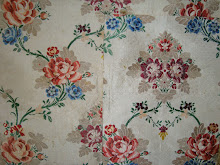





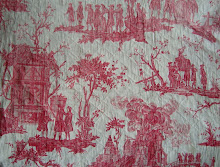
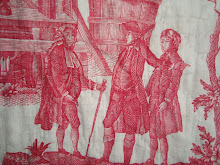




































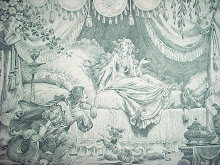







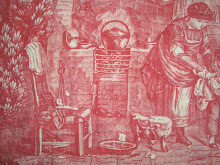





What an amazing piece!! As you, I am always drawn to these pieces. I have a fairly large collection of old lace, but I am baffled with identification. How I wish we lived closer and you could instruct me on these things. I am curious as to how you can identify this as such an early piece. What a gem of all gems. It is so very beautiful. What a loss to be seen to many as "not very good rustic needlework", but I am sure this is the case. This is where research and doing your homework is essential, so when you come across this you can recognize its value. I just love visiting here and I always learn from you, and that is an added treat.
ReplyDeleteIf you are interested, there is a brilliant American book that is my 'Bible' for lace identification, as the photos are so good, it is called: Antique Lace: Identifying Types & Techniques by Heather Toomer, published by Schiffer. It is available on Amazon, as far as I know. It is a reference book well worth having!
ReplyDelete